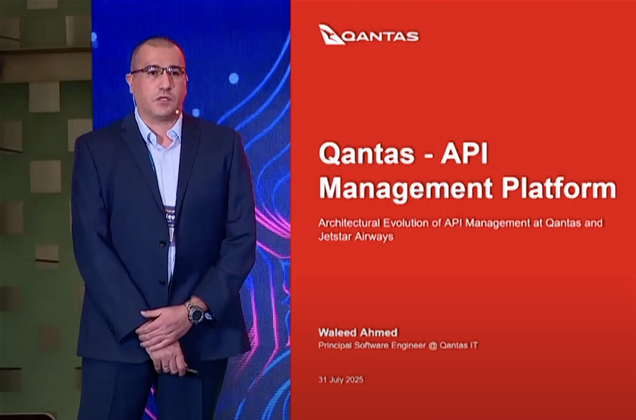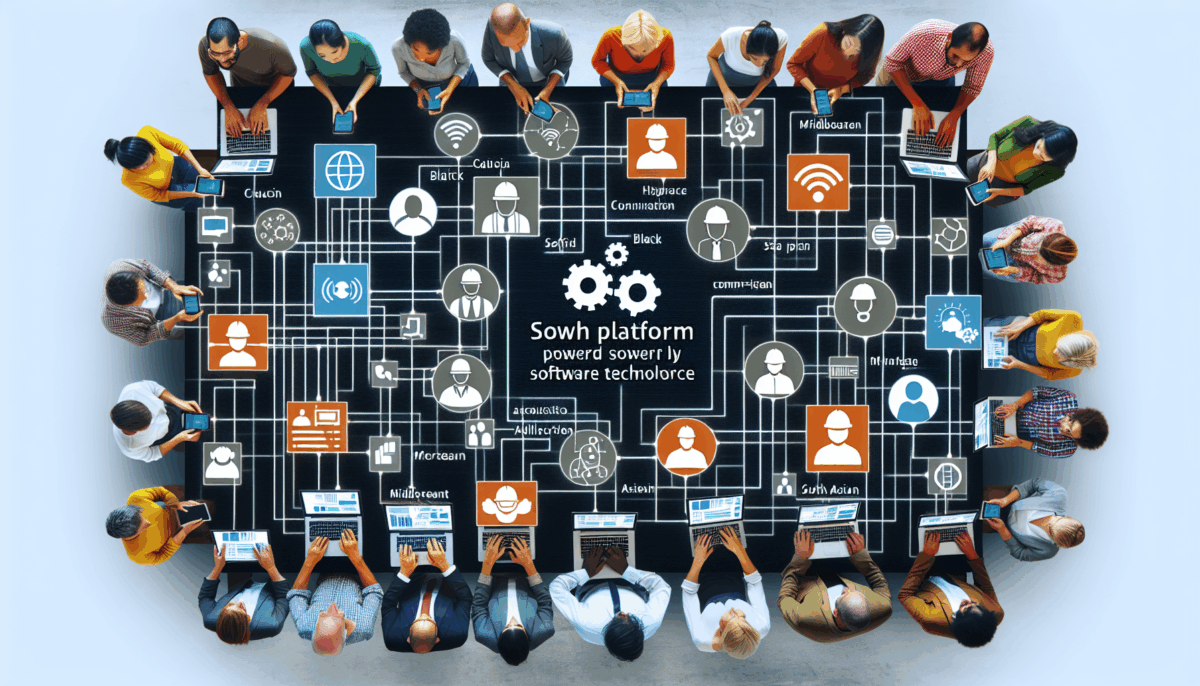Qantas Revamps Architecture of API Management Platform
We independently review everything we recommend. When you buy through our links, we may earn a commission which is paid directly to our Australia-based writers, editors, and support staff. Thank you for your support!
Quick Overview
- Qantas updates its API management platform to version 4.1, boosting reliability.
- The airline adopts an event-hub architecture to enhance scalability.
- Containerization aligns the platform with Qantas’ strategy for immutable infrastructure.
- Improved observability and logging aid in better error detection and troubleshooting.
- A consolidated API lifecycle management interface provides governance and security.
Qantas Upgrades API Management Platform

API Platform Development
While addressing WSO2Con Asia 2025 in Sri Lanka, Waleed Ahmed, principal engineer at Qantas IT, emphasized the development of their API management platform. Since 2018, Qantas has utilized the open-source WSO2 API Management platform, undergoing several updates to keep pace with new features.
Shift to Event-Hub Architecture
The update to version 4.1 acted as a trigger for Qantas to shift to an event-hub architecture, removing reliance on disk storage and centralized databases. This transition has empowered Qantas to roll out nimble, stateless platforms and seamlessly expand their data planes.
Containerization and Immutable Infrastructure
Qantas adopted containerization to synchronize with its strategy of immutable infrastructure. This modification led to notable enhancements in security and maintainability, mitigating risks and boosting operational efficiency.
Improved Observability and Security
The platform now boasts advanced observability and logging, delivering richer insights into API traffic and behavior. This improvement assists developers and engineers in troubleshooting and detecting trends or errors proactively.
Integrated API Lifecycle Management
An integrated API lifecycle management interface has been implemented to guarantee that all onboarded APIs comply with governance and security standards. This strategy prevents new APIs from being exposed to the internet until they undergo security evaluations, protecting against potential vulnerabilities.
Conclusion
The thorough modernization of Qantas’ API management platform has produced a highly durable and dependable system, capable of enduring component failures and database challenges. With no outages and minimal critical incidents in the past two years, the platform significantly supports robust community-building endeavors.













